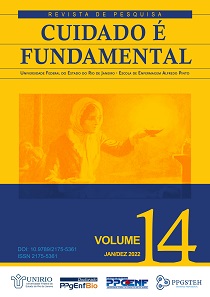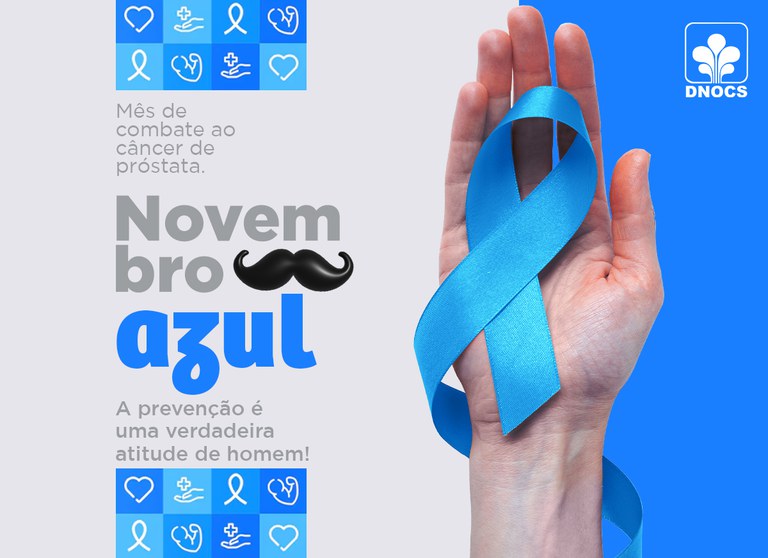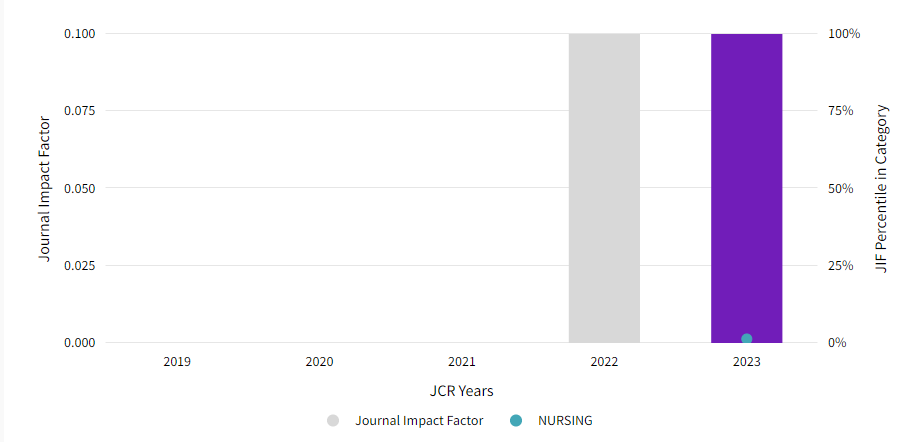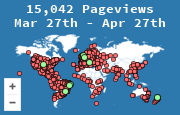Development of “care for skin integrity in the neonatal period”: documentation tool for skin conditions / Desenvolvimento do “cuidado com a integridade da pele neonatal”: instrumento para documentação das condições da pele
DOI:
https://doi.org/10.9789/2175-5361.rpcfo.v14.11431Keywords:
Skin care, Wounds and injuries, Validation study, Newborn, Neonatal intensive care unitsAbstract
Objective: To develop tool for documenting skin conditions and wound management in neonatal patients´s records. Method: Methodological study conducted in two stages: development of the tool based on literature; content validation by a committee of experts and testing by administration to 50 newborns with wounds. Kappa coefficient was used to evaluate qualitative items, and Intraclass Correlation Coefficient (ICC) for quantitative items. Findings: The content of Care for Skin Integrity in the Neonatal Period (CIPNeo) were validated by 9 experts. Conclusion: The content of CIPNeo was validated. It showed satisfactory reliability when administered by nurses to patients, and is adequate for promoting documentation about skin conditions and wound management. Daily records are essential for continuous evaluation of factors for wound prevention, assessment, monitoring and treatment, and for providing support to nurses’ clinical reasoning.
Downloads
References
Vance DA, Demel S, Kirksey, Moynihan M, Hollis K. A Delphi study for the development of an infant skin breakdown risk assessment tool. Adv Neonatal Care. 2015; 15(2):150-7. Available from: http://dx.doi.org/10.1097/ANC.0000000000000104
European Pressure Ulcer Advisory Panel, National Pressure Injury Advisory Panel and Pan Pacific Pressure Injury Alliance. Prevention and treatment of pressure ulcers/injuries: clinical practice guideline [Internet]. 3rd ed. EPUAP/NPIAP/PPIA: 2019. 46p [cited 2020 apr. 22]. Available from: http://www.internationalguideline.com/
Vocci MB, Fontes CMB, Abbad LPF. Pressure injury in the pediatric population: Cohort study using the Braden Q Scale. Adv Skin Wound Care. 2018; 31(10):456-61. Available from: http://dx.doi.org/10.1097/01.ASW.0000542529.94557.0a
Aredes NDA, Santos RCA, Fonseca LMM. Skin care of premature newborns: integrative review. Rev Eletr Enferm. 2017; 19: 1-25. Available from: https://doi.org/10.5216/ree.v19.43331
Fox MD. Wound care in the neonatal intensive care unit. Neonatal Netw. 2011; 30(5): 291-303. Available from: http://dx.doi.org/10.1891/0730-0832.30.5.291
Eichenfield LF, Frieden I J, Mathes EF, Zaenglein AL. Neonatal and infant dermatology. 3ed. Philadelphia, PA: Elsevier Press; 2015.
Chamblee TB, Pasek TA, Caillouette CN, Stellar JJ, Quigley SM, Curley MAQ. CE: How to predict pediatric pressure injury risk with the Braden QD Scale. Am J Nurs. 2018; 118(11): 34-43. Available from: http://dx.doi.org/10.1097/01.NAJ.0000547638.92908.de
Cousins Y. Wound care consideration in neonates. Nurs Standard. 2014; 28(46): 61-70. Available from: http://dx.doi.org/10.7748/ns.28.46.61.e8402
Greatrex-White S, Moxey H. Wound assessment tools and nurses’ needs: an evaluation study. Int Wound J. 2015; 12:293–301. Available from: http://dx.doi.org/10.1111/iwj.12100
Lund CH, Osborne JW. Validity and reliability of the Neonatal Skin Condition Score. JOGNN. 2004; 33(3):320-7. Available from: http://dx.doi.org/10.1177/0884217504265174
Schardosim JM, Ruschel LM, Motta GCP, Cunha MLC. Cross-cultural adaptation and clinical validation of the Neonatal Skin Condition Score to Brazilian Portuguese. Rev Latino-Am Enfermagem. 2014; 22(5):834-41. Available from: http://dx.doi.org/10.1590/0104-1169.3456.2487
Matos RM, Santos VEZ, Paes LSS, Mendes KM, Melo FBS. Methods and coverings used to prevent and treat skin lesions in newborns. Rev Estima. 2013; 11(1): 28-36.
Association of Women’s Health, Obstetric and Neonatal Nurses – AWHONN. -Neonatal skin care: evidence-based clinical practice guideline. 4ed. Washington, DC: AWHONN; 2018.
Dowsett C, Protz K, Crouard M, Harding KG. Tringle of wound assessment made easy. Wound Int J [Internet]. 2015 [citado jan. 2018]; 6:1-6. Available from: https://www.woundsinternational.com/resources/details/triangle-of-wound-assessment-made-easy
Dowsett C, Newton H. Wound bed preparation: TIME in practice. Wounds UK [Internet]. 2005 [citado 2018 jan. 22]; 1(3): 58-70. Available from: https://www.wounds-uk.com/journals/issue/4/article-details/wound-bed-preparation-time-in-practice-1
Alexandre NMC, Coluci MZO. Content validity in the construction and adaptation processes of measuring. Cienc Saude Coletiva [Internet]. 2011 [citado 2018 jan. 22];16: 3061-68. Available from: https://www.scielo.br/pdf/csc/v16n7/06.pdf
Lobiondo-Wood G, Haber J. Nursing research: methods, critical evaluation and use. 4ed. Rio de Janeiro: Ed Guanabara-Koogan; 2001.
Terwee CB, Bot SDM, Boer MR, Windt DAWM, Knol DL, Dekker J, et al. Quality criteria were proposed for measurement properties of health status questionnaires. J Clin Epidemiol. 2007; 60(1):34-42. Available from: http://dx.doi.org/10.1016/j.jclinepi.2006.03.012
Fleiss J.F, Levin B, Paik MC. Statistical methods for rates and proportions. 3rd.ed. New York, NY: John Wiley & Sons; 2013.
Lands RJ, Koch G G. The measurement of observer agreement for categorical data. Biometrics. 1977; 33:159-74.
Portney LG, Watkins MP. Foundations of clinical research: applications to practice. 3rd ed. Upper Saddle River: Pearson/Prentice Hall; 2009.
Nist MD, Rodgers EA, Ruth BM, Bertoni CB, Bartman T, Keller LA et al. Skin rounds: a quality improvement approach to enhance skin care in the neonatal intensive care unit. Adv Neonatal Care. 2016; 16 (Suppl 5S):S33-S41. Available from: http://dx.doi.org/10.1097/ANC.0000000000000337
Martins COA, Curado MAS. Observation Neonatal Skin Risk Assessment Scale: statistical validation with newborns. Rev Enferm Referência. 2017; 4(13): 43-52. Available from: https://doi.org/10.12707/RIV16082
Garcia-Molina P, López EB, Verdú J, Nolasco A, Fernández FPG. Cross‐cultural adaptation, reliability and validity of the spanish version of the Neonatal Skin Risk Assessment Scale. J Nurs Manag. 2018; 26(6): 744-56. Available from: http://dx.doi.org/10.1111/jonm.12612
Agência Nacional de Vigilância Sanitária - ANVISA. Maternal and neonatal care services: safety and quality [Internet]. Brasília: ANVISA; 2014 [cited 2018 jan. 22]. Available from: https://portaldeboaspraticas.iff.fiocruz.br/biblioteca/servicos-de-atencao-materna-e-neonatal-seguranca-e-qualidade/
Herdman TH, Kamitsuru S. Nanda International nursing diagnoses: definitions and classification 2018-2020. 11ed. New York: Thieme; 2018. 512p
Published
How to Cite
Issue
Section
License
Copyright (c) 2022 Revista de Pesquisa Cuidado é Fundamental Online

This work is licensed under a Creative Commons Attribution-NonCommercial-NoDerivatives 4.0 International License.
TRANSFER AGREEMENT COPYRIGHT I transfer copyright of the article to the Journal of Care Survey is Fundamental - Online - RPCF, so it is accepted due to electronic publishing. The copyright includes the right to reproduce in whole or in part by any means, distributing that article, including figures, photographs, and any translations. The author can also print and distribute copies of your article, stating that since the rights belong to RPCF. I declare that this manuscript is original and has not been submitted for publication, in whole or in part to other online journals or not, so BMMC in the Annals of scientific events or book chapters.




























